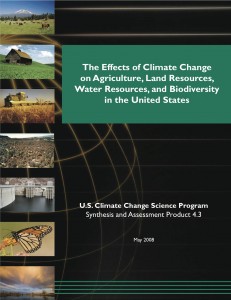The Basque Centre for Climate Change (BC3) has released a new research report that examines past energy transitions by sector and service to identify features that may be useful for anticipating future transitions. The United Kingdom was the first to make the transition from traditional energy sources to fossil fuel. The UK experience may help us understand how to transition to a low carbon economy.
Each country will have transition patterns driven by natural resources – coal, oil, wind, tidal, geothermal, etc. The chart below shows the energy transitions for the UK from 1500 to 2000. Note the early use of wind. Since the data only goes through 2000, UK’s significant recent investment in wind initiatives is not reflected.

Highlights of the BC3 Report
- The main drivers for the energy transitions were the opportunity to produce cheaper or better energy services.
- In a majority of cases, the successful new energy source or technology provided the same service (i.e. heating, power, transport or light) with superior or additional characteristics (e.g. easier, cleaner or more flexible to use).
- The existence of a niche market willing to pay more for these characteristics enabled the new energy source and technology to be refined gradually until they could compete with the incumbent energy source.
- Nevertheless, this implied that, on average, the whole innovation chain took more than one hundred years and the diffusion phase nearly fifty years.
- In the same way, since low-carbon energy sources and technologies are valued for their low climate impact, they will be able to develop gradually until they can compete with fossil fuels.
- However, for a transition to take place, low carbon energy sources and technologies will have to provide cheaper energy services – possibly helped by carbon taxes or tradable permit approaches.
- Based on past experiences, a complete transition to a low carbon economy is likely to be very slow.
How fast will our transition to renewables be? Can business and government get behind a clear statement of the problem and develop a cogent unified transition plan? Will the transition be proactive or reactive?
